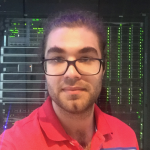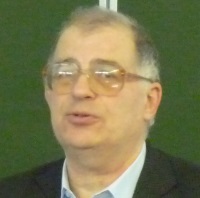From the real world to the virtual and vice versa: recognition of man-made objects and structures and augmented reality as tools for digitalization of natural science education
- VR, AR
- Accepted
November 14, 13:50
Room IV|IV зал
Add to gCal Add to iCal/Outlook
Discuss the presentation
The use of recognition algorithms for toy objects and structures using neural networks and augmented reality generation algorithms opens up new methodological possibilities in the teaching of natural sciences. Artificial intelligence methods make it possible to transfer to the material world the processes of compiling and executing control programs for real or virtual robots and the processes of generating environments (game fields) on which robots operate. This technical, at first glance, achievement opens up the possibility of developing and practically introducing a methodology for consciously (in the sense of L. Vygotsky) mastering by the preschoolers of the system of scientific concepts of programming in the process of working with specially developed teaching aids and the PictoMir text-free educational programming system.


Nikita Besshaposhnikov
Junior Researcher, SRISA RAS


Anatoli Kushnirenko
Head of Department, SRISA RAS


Alexander Leonov
Head of Sector, SRISA RAS




 |
|